How Do Cafetières Work, often referred to as French presses, is a classic and beloved method for brewing coffee. They offer a unique and flavorful coffee experience that’s cherished by coffee enthusiasts worldwide. In this article, we will dive deep into the intricacies of how cafetières work, shedding light on the science behind this centuries-old brewing method.
The Basics of a Cafetière
A cafetière, in its simplest form, consists of a cylindrical glass or stainless steel container, a plunger with a metal or nylon mesh filter, and a lid. It may seem like a straightforward setup, but the magic happens when you combine these components.
The Grounds
The journey of your coffee begins with the coffee grounds. To achieve the best results, it’s crucial to use coarsely ground coffee. Coarse grounds are preferred because they allow for a slower extraction process, which is key to the unique flavor profile that cafetières deliver Do Cafetières Work.
The Brewing Process
- Step 1: Preheat and Assemble
Before you begin, it’s a good practice to preheat the cafetière with hot water. Once it’s warm, assemble the plunger and filter. - Step 2: Add Coffee
Add your coarsely ground coffee into the preheated cafetière. The amount of coffee used can vary depending on your taste preferences, but a general rule of thumb is about one ounce (28 grams) of coffee for every 16 ounces (450 milliliters) of water. - Step 3: Add Hot Water
Pour hot, but not boiling, water over the coffee grounds. The ideal temperature is around 200°F (93°C). - Step 4: Stir
Use a wooden or plastic spoon to stir the coffee and water together. This helps ensure an even extraction. - Step 5: Steep
Place the lid on the cafetière and let the coffee steep for about 4 minutes. During this time, the coffee is infused with hot water, releasing its flavors and oils. - Step 6: Plunge
After steeping, gently press down the plunger. The mesh filter separates the coffee grounds from the liquid, and you’re left with a rich, flavorful brew. - Step 7: Serve
Pour your freshly brewed coffee into your favorite mug and enjoy.
The Science Behind the Flavor
What sets cafetières apart from other brewing methods is the full immersion of the coffee grounds in water. This immersion allows for thoroughly extracting flavors and oils, resulting in a rich and bold cup of coffee.
The Brewing Time
The extended steeping time in a cafetière contributes to a unique flavor profile. During this time, the coffee releases its aromatic compounds and essential oils. The longer contact with water allows for a more complete extraction of these elements, creating a bolder taste.
The Filtration
The mesh filter in a cafetière plays a vital role in separating the coffee grounds from the liquid. It prevents over-extraction, which can make coffee taste bitter. The result is a well-balanced brew that captures the true essence of the coffee beans.
The Advantages of Cafetière Brewing
- Control Over Flavor
With a cafetière, you have complete control over the brewing process. You can adjust the amount of coffee, water temperature, and steeping time to create a cup of coffee tailored to your taste. - Simplicity
Cafetières are easy to use and require minimal equipment. They are perfect for both beginners and experienced coffee aficionados. - Environmentally Friendly
Unlike single-use coffee pods or filters, cafetières produce minimal waste, making them an eco-friendly choice. - Rich and Aromatic Coffee
The extended immersion and unique filtration method result in coffee with a depth of flavor and aroma that’s hard to achieve with other brewing methods.
Comparative Coffee Brewing Methods
In this chart, we will compare cafetières (French presses) with other popular coffee brewing methods to help you choose the one that suits your preferences best.
Brewing Method
- Cafetière (French Press)
- Brewing Time: 4 minutes
- Ground Size: Coarse
- Flavor Profile: Rich and bold
- Control: High (adjust the coffee-to-water ratio, and steeping time)
- Equipment: Cafetière, kettle, coarse coffee grounds
- Pour-Over
- Brewing Time: 2-4 minutes
- Ground Size: Medium
- Flavor Profile: Bright and clean
- Control: High (adjust pour rate, water temperature, grind size)
- Equipment: Pour-over dripper, paper filter, kettle, medium coffee grounds
- Espresso
- Brewing Time: 25-30 seconds
- Ground Size: Fine
- Flavor Profile: Concentrated and bold
- Control: Moderate (adjust grind size, pressure, and shot time)
- Equipment: Espresso machine, espresso grounds
- AeroPress
- Brewing Time: 1-2 minutes
- Ground Size: Medium-fine
- Flavor Profile: Smooth and versatile
- Control: High (adjust the steeping time, pressure, and grind size)
- Equipment: AeroPress, paper or metal filter, kettle, medium-fine coffee grounds
- Drip Coffee Maker
- Brewing Time: 5-7 minutes
- Ground Size: Medium
- Flavor Profile: Balanced and consistent
- Control: Low (adjust coffee-to-water ratio)
- Equipment: Drip coffee maker, paper filter, medium coffee grounds
Advantages
- Cafetière: Offers complete control over flavor, is environmentally friendly, and produces rich, aromatic coffee.
- Pour-Over: This allows for a bright and clean cup, and you can fine-tune the brew to your taste.
- Espresso: Provides a quick and strong coffee shot for espresso lovers.
- AeroPress: Offers versatility and a smooth taste, with control over variables.
- Drip Coffee Maker: Convenient and ideal for large batches of coffee.
Disadvantages
- Cafetière: Requires more manual effort, and cleanup can be a bit involved.
- Pour-Over: This may require more skill and attention to detail for consistent results.
- Espresso: Espresso machines can be expensive, and there’s a learning curve.
- AeroPress: Limited capacity for brewing larger quantities of coffee.
- Drip Coffee Maker: Less control over flavor compared to manual methods.
Maintenance and Tips for the Perfect Cafetière Coffee
To consistently enjoy exceptional coffee from your cafetière, there are some essential maintenance and brewing tips to keep in mind:
Cleaning
Regularly clean your cafetière to prevent the buildup of coffee residue and oils, which can negatively impact the flavor of your brew. Disassemble the plunger and filter components, and wash them thoroughly with warm, soapy water. Rinse well to ensure no soap residue remains.
Coffee-to-Water Ratio
The ideal coffee-to-water ratio can vary depending on personal preferences. However, a general guideline is to use 1 ounce (28 grams) of coffee for every 16 ounces (450 milliliters) of water. You can adjust this ratio to make your coffee stronger or milder.
Water Temperature
Water temperature is crucial for achieving the best results. Use water that’s just below boiling, around 200°F (93°C). Avoid using boiling water, as it can scorch the coffee grounds, leading to a bitter taste.
Steeping Time
The recommended steeping time is about 4 minutes. You can adjust this time slightly, but avoid excessively long steeping, as it might lead to over-extraction and bitterness.
Experimentation
Don’t hesitate to experiment with different coffee beans, grind sizes, and brewing times. The beauty of the cafetière is its flexibility, allowing you to tailor your coffee to your exact taste.
Troubleshooting Common Issues
While cafetières are relatively straightforward, issues can still arise. Here are some common problems and how to address them:
Sediment in Your Coffee
If you notice a lot of sediment in your coffee, consider using a coarser grind size. This will result in fewer fine particles that can pass through the mesh filter.
Weak Coffee
If your coffee turns out weak, try increasing the amount of coffee grounds you use. You can also adjust the steeping time to extract more flavor from the grounds.
Bitter Taste
Bitterness in coffee can be a result of using water that’s too hot or steeping for too long. Ensure your water is at the right temperature, and don’t oversteep your coffee.
Cold Coffee
If your coffee is not hot enough, preheat your cafetière, mug, and even the water before brewing. This will help maintain the coffee’s temperature.
The Perfect Brew
Achieving the perfect cup of coffee with a cafetière is an art that requires practice and experimentation. By maintaining your equipment, understanding the key variables, and troubleshooting common issues, you can consistently brew coffee that meets your exact preferences Cafetières work
(FAQs) about cafetières and their usage:
Q1: What is a cafetière, and how does it work?
A cafetière, also known as a French press, is a coffee brewing device that allows for complete coffee bean immersion. It consists of a cylindrical container with a plunger and a metal or nylon mesh filter. Coffee grounds are steeped in hot water, and the plunger is used to separate the settings from the liquid, resulting in a rich coffee brew.
Q2: What type of coffee grounds should I use in a cafetière?
Coarsely ground coffee is recommended for cafetières. The coarser grind allows for a slower extraction, leading to a unique and flavorful coffee. Avoid using finely ground coffee, which can lead to over-extraction and a bitter taste.
Q3: Can I adjust the strength of the coffee brewed in a cafetière?
Yes, you can adjust the strength of your coffee by varying the coffee-to-water ratio. For a stronger brew, use more coffee grounds. For a milder cup, use fewer grounds. This flexibility is one of the advantages of using a cafetière.
Q4: What is the ideal water temperature for brewing coffee in a cafetière?
The recommended water temperature for cafetière brewing is around 200°F (93°C). Avoid using boiling water, as it can scorch the coffee grounds, resulting in a bitter taste.
Q5: How long should I steep the coffee in a cafetière?
The standard steeping time for cafetière coffee is approximately 4 minutes. However, you can adjust this time slightly to suit your taste. Avoid overstepping, as it can lead to over-extraction and bitterness.
Q6: How do I clean and maintain my cafetière?
Regularly disassemble your cafetière for cleaning. Wash the plunger and filter components with warm, soapy water and rinse thoroughly. This helps prevent the buildup of coffee residue and oils that can affect the flavor of your brew.
Conclusion
Cafetières work, or French presses, offer a delightful coffee experience that’s cherished by many. By understanding the intricate process of how cafetières work, you can elevate your coffee brewing skills and enjoy a truly flavorful cup of coffee. With complete control over the brewing variables, you can create a brew that suits your preferences perfectly Cafetières Work.

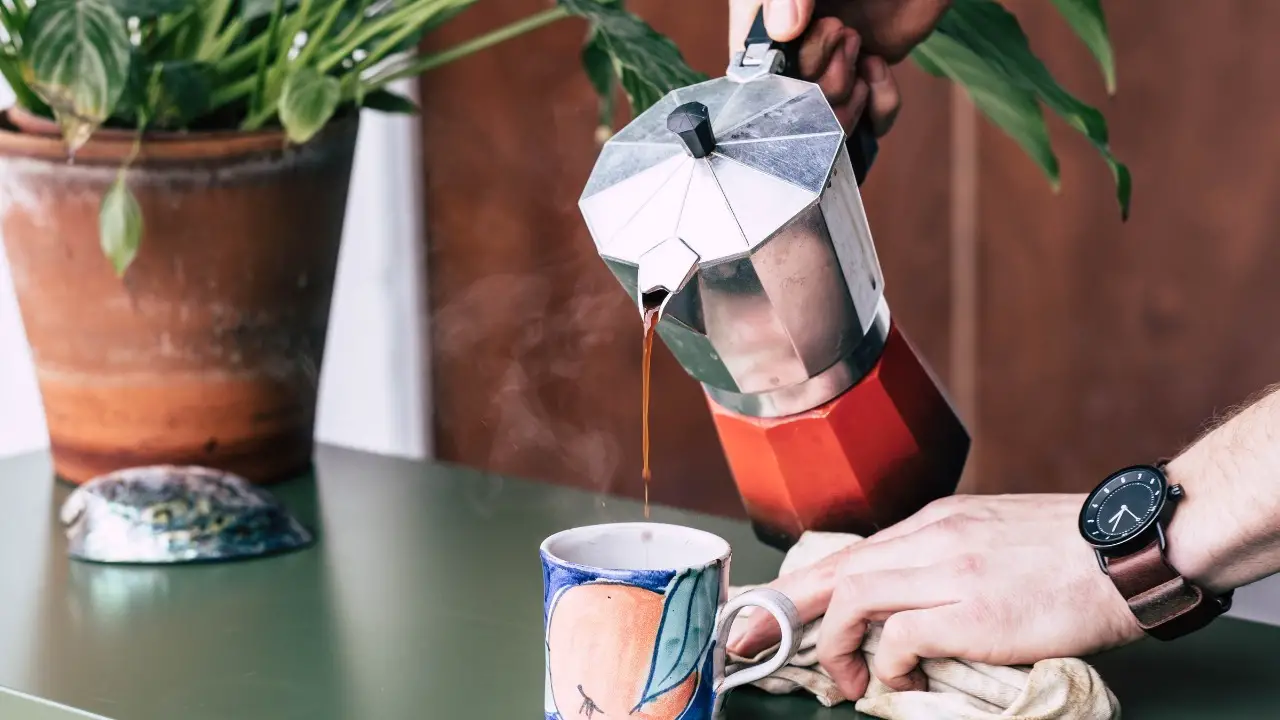
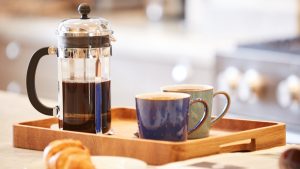
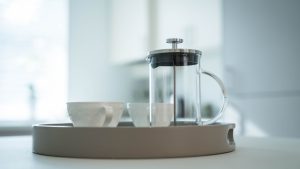
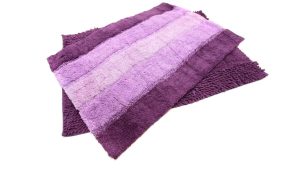
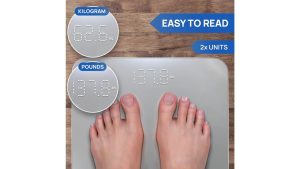


Very important content thanks for sharing
Thank you